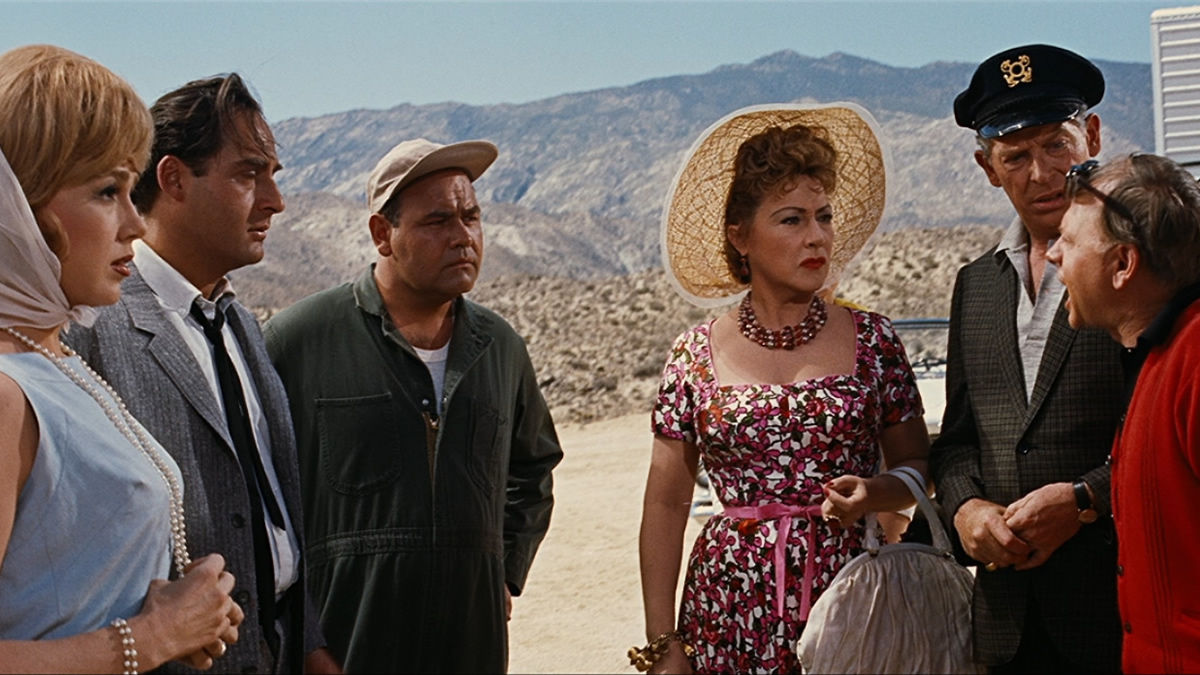
“Nothing I have been told about these people is correct. They are not thieves or beggars. They are not the bogeymen they are made out to be. On the contrary, they are polite guests and I enjoy their humor.”
This film has been featured in an episode of my podcast about movies and mental health, Peculiar Picture Show!
Dances with Wolves was a huge film in its time, although it’s not flawless. The drama at times borders on melodrama, and the length of the film can cause it to drag in some places. But despite its flaws, this is a film that just works, and it was a major milestone in the Western genre. It was also a major milestone in portrayals of Native Americans in film—a group that has historically had little voice on screen. The Sioux tribe made director and star Kevin Costner an honorary member for his respectful depiction of their culture. I myself am a member of the Tlingit tribe, so this movie is very dear to me as well. The film won seven Oscars, including best picture, best director, and best adapted screenplay, so it caused quite a stir in the film industry as well—which is especially impressive considering the hurdles it had to jump over to be made in the first place. Even with its flaws, this is an epic Western masterpiece that should be watched by everyone.









